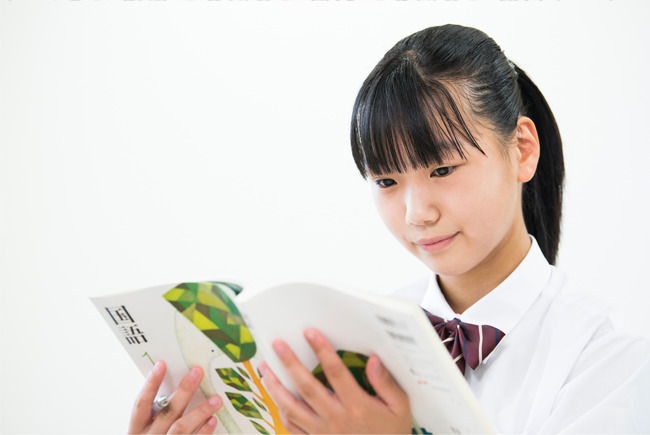The description problem in the pretest was a question closer to "logical national language"
Looking back a little, in the trial survey (pretest) of the common test conducted in 2017 and 2018, the student organization club activity rules and the provisions of the copyright law were used as the material of the problem. ..At this time, the descriptive questions that were to be postponed later were still scheduled to be presented in the common test mathematics and national language.Since logical sentences including practical sentences and materials such as charts and photographs required in modern social life were used as the subject of the question, the tendency of the common test to be asked in the national language will change significantly. It was accepted and had a considerable impact on high school language education.
In fact, in the initial question creation policy of the common test, the description question in the national language is "the main subject is practical sentences, the main subject is logical sentences, or a combination of both". Therefore, it was expected that "modern national language" and "language culture" would be compulsory in many high school curriculums, and then "logical national language" and "classical exploration" would be set up.
However, even in the National Center Test for University Admissions, the question frame for Japanese (modern sentences) is that the first question of the big question is the subject of logical sentences such as criticism, and the second question is the subject of literary works such as novels. I did.Therefore, some people were worried that the lack of a "literary national language" would reduce the chances of learning literary works and would not be sufficient to prepare for the second question of modern sentences in the common test.Perhaps in order to clear these issues, it seems that many high schools have led to the curriculum organization of double establishment by reducing the number of "logical national language" and "literary national language".
I have not heard the voice of the high school directly about the double establishment by reducing the number of "logical national language" and "literary national language", but it is presumed that there was considerable discussion within the school.Alternatively, it may have been the pride of a high school teacher in a Japanese language who thought that literary works were appropriate, rather than practical writing, to cultivate true reading comprehension and thinking ability.

The modern sentence of the common test has 3 major questions (?), And does "literary national language" fall within the range of questions in the individual test?
In September, the Ministry of Education, Culture, Sports, Science and Technology notified the Board of Education and the university of "Notice (Supplement) of the Common Test for University Admissions for the Selection of University Admissions in the 9th Year of Reiwa" (September 9). ..Here, important information such as how to deal with old course students (already graduates) was released, but what is worrisome is that the examination time for Japanese language has increased by 29 minutes from the current 80 minutes to 90 minutes. ..Naturally, an increase in exam time is almost synonymous with an increase in the amount of questions.
Actually, the pretest test time including the written questions was 100 minutes.The pretest's national language consisted of three modern sentences, one ancient sentence, and one Chinese sentence, and one more modern sentence was given than the common test held this year.One of them was a descriptive question, and as mentioned above, practical sentences and logical sentences were the subjects of the problem.For these reasons, the national language of the common test for the 3 entrance examination is 1 major questions, and modern writing has 1 practical and logical writing problems, 1 literary writing problem, and ancient and Chinese writing. It is very likely that it will be one subject.
By the way, the problem here is the range of questions in the national language that each university imposes on individual exams.There is also the idea of keeping only the "modern national language" and "language culture" that are the same as the common test.In the current course, it is "comprehensive national language".However, in the case of a difficult university or a university with a historic faculty of letters, in addition to the "national language synthesis", the current course "modern sentence B" and "classical B" are included in the question range.These universities are thought to cover "logical language," "literary language," and "classical quest."
However, some high schools have "logical national language" but not "literary national language". It is possible that the number of applicants from these high schools will decrease if "literary national language" is included in the question range.High schools with many students aiming for a difficult university have common test measures, and both "logical language" and "literary language" are set up, so it is thought that there is not much influence on the difficult university even if both are included in the question range. Will be.According to the rules set by the Ministry of Education, Culture, Sports, Science and Technology, how mid-sized universities with a historic Faculty of Letters will respond, the outline of the entrance examination for the 2025 year must be announced next year.From the point of view of the examinee, it is difficult to add "logical language" or "literary language" to the question range later, but if it is excluded from the question range later, it will be easier to deal with it.However, changes in the previous period will cause confusion and should be avoided.
<Reference>
Ministry of Education, Culture, Sports, Science and Technology "Notice (Addendum) of the Common Test for University Admissions for Reiwa 7th Year University Admissions Selection" (Notice)
https://www.mext.go.jp/nyushi/#r7yokoku
- 1
- 2
